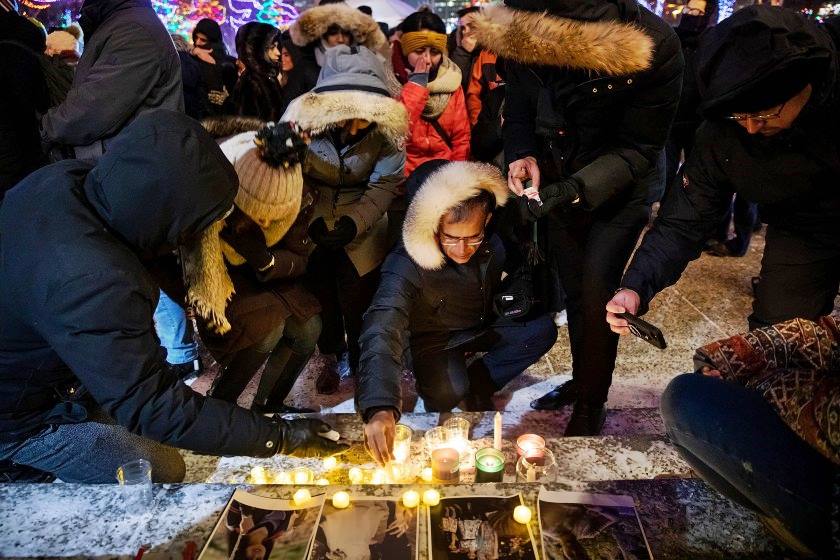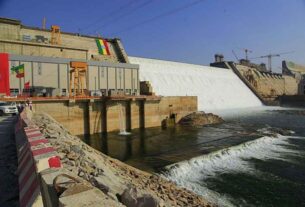Tue 21 January 2020:
Civil aviation authority says investigation ongoing to assess the impact TOR-1 missiles had on the accident.
Iran has confirmed two missiles were fired at a Ukrainian airliner mistakenly brought down earlier this month amid heightened tensions with the United States.
The country’s civil aviation authority said it has yet to receive a positive response after requesting technical assistance from France and the US to decode black boxes from the plane that crashed shortly after takeoff from Tehran on January 8, killing all 176 people on board.
“Investigators … discovered that two Tor-M1 missiles… were fired at the aircraft,” Iran’s Civil Aviation Organisation said in a preliminary report posted on its website late on Monday.
However, the report said “the impact of these missiles on the accident and the analysis of this action is under investigation.”
The statement confirms a report in The New York Times which included video footage appearing to show two projectiles being fired at the Kyiv-bound Ukraine International Airlines.
The Tor-M1 is a short-range surface-to-air missile developed by the former Soviet Union that is designed to target aircraft or cruise missiles.
Iran had for days denied Western claims based on US intelligence reports that the aircraft had been shot down, before admitting to the “disastrous mistake” on January 11.
The Islamic Revolutionary Guard Corps’ (IRGC) aerospace commander Brigadier General Amirali Hajizadeh accepted full responsibility but said the missile operator who opened fire had been acting independently.
Black-box impasse
The downing triggered days of student-led protests mainly in the Iranian capital.
Supreme leader Ayatollah Ali Khamenei said on Friday that the demonstrations were unrepresentative of the Iranian people and accused the country’s enemies of exploiting the air disaster for propaganda purposes.
In its report, the Civil Aviation Organisation said it was “impossible” for it to read the flight data and cockpit voice recorders – commonly known as black boxes – because they were so advanced.
But it suggested Iran wants to keep them for now.
“If devices are provided, the information (on the black boxes) can be restored and retrieved in a short period of time,” it said.
The aviation body said it had asked its French and US counterparts, the BEA and NTSB respectively, to provide a list of the equipment required to read the black boxes.
It said it had also sought the transfer of the equipment, but added that neither the BEA nor NTSB had “so far responded positively”.
The organisation said it had acquired the list nonetheless, without saying how, and hinted it would use it to buy the equipment itself.
The report said that based on passports used to board Flight PS752, there were 146 Iranians, 11 Ukrainians including nine crew members, 10 Afghans and four Swedes on the ill-fated airliner.
Canada, which says 57 of its nationals were on the plane, has repeatedly asked Iran to hand the black boxes over to Ukraine or France for expert analysis.
Think your friends would be interested? Share this story!





